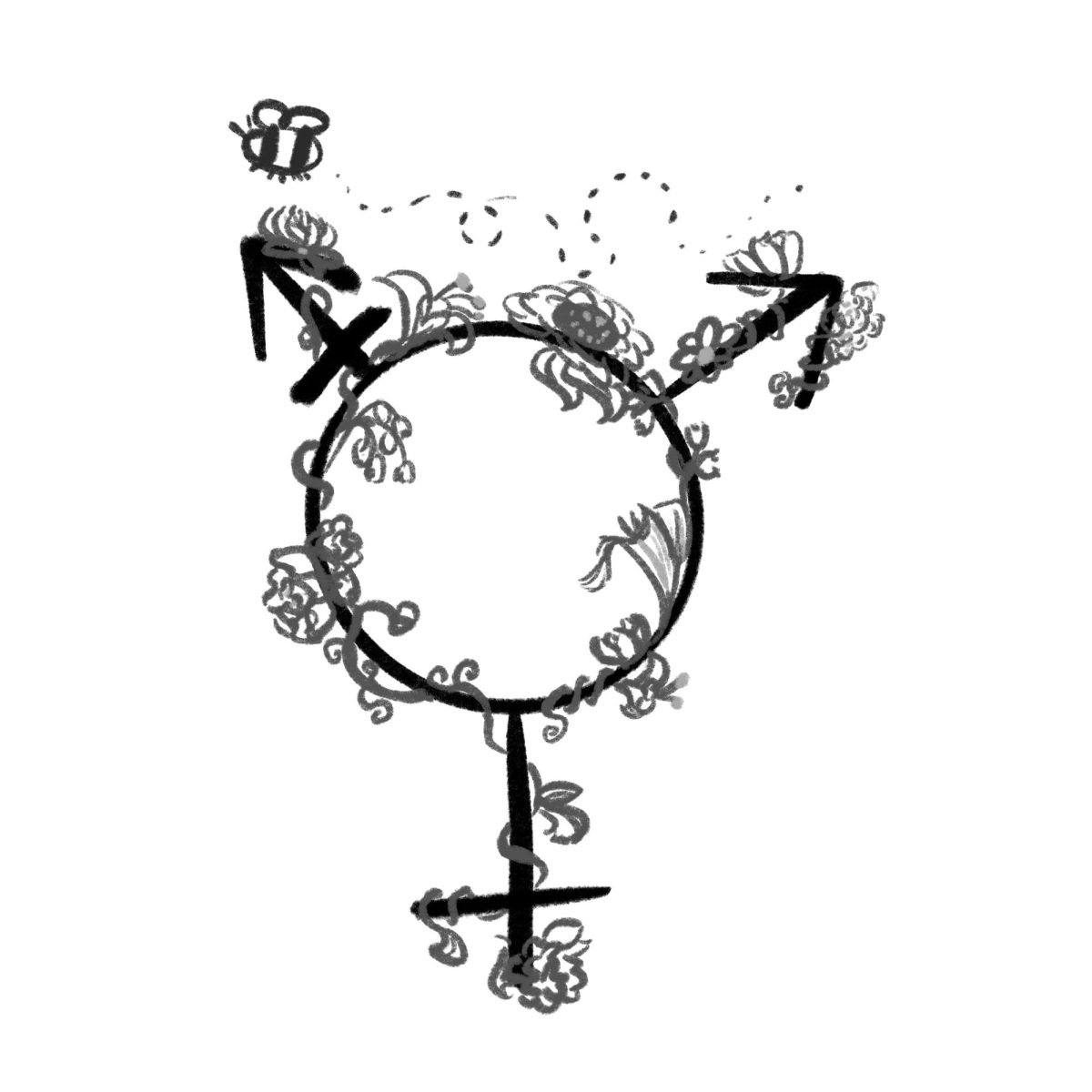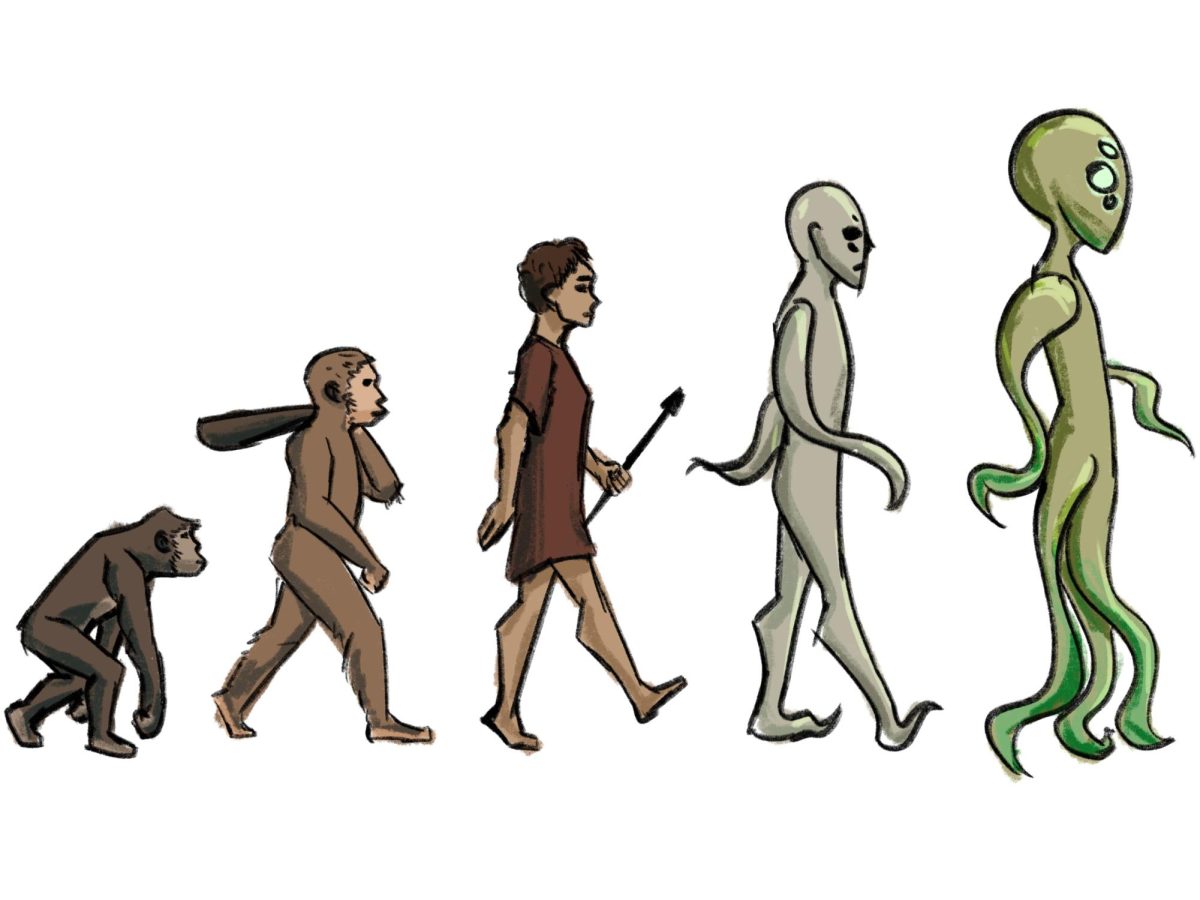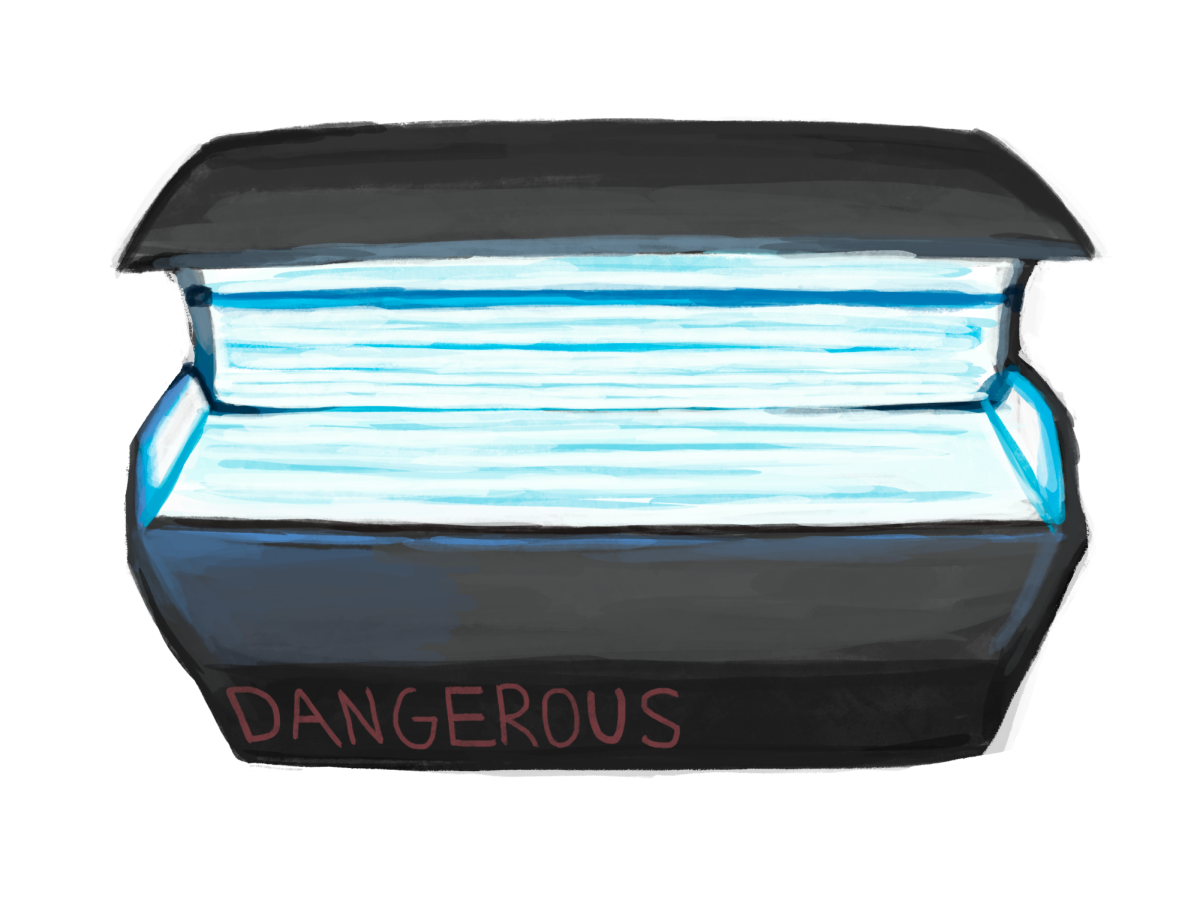As November comes to a close at Minnetonka High School, the inevitability of winter is on the horizon. Winter in Minnesota can feel unpredictable and tedious, but in reality, there are a lot of measurable factors that explain how the world experiences winter. Here are some of those meteorological happenings that go into creating our winter here in North America, and how this year’s will affect Minnesota in the upcoming months.
One of the most important things in determining the kind of winter that will occur in any given year is, oddly, the temperature of the ocean. The water of the tropical Pacific Ocean gets warmer and cooler in a cycle of about 9-12 months, called the El Niño-Southern Oscillation, or ENSO. According to Khan Academy, “Normally, there are trade winds pushing warm water towards the west, towards Asia and the Pacific islands. […] On the other side near Central and South America, we have an accumulation of cool water.”
When the trade winds (global winds that blow east to west) grow weaker, the warm water isn’t pushed to the west, and the ocean near the South American coast enters a period of abnormal warmth. This is what is referred to as an “El Niño.” When the winds are strong, an abnormal amount of cool water accumulates, called a “La Niña.” Meteorologists say that the ENSO is entering a strong “El Niño” period this year. But what does this mean for winter in North America?
The main thing that an “El Niño” style winter affects are jet streams, west to east global winds that form when cool air from the poles of the hearth hits warm air from the equator. There are two major jet streams in the northern hemisphere, the Polar and the Pacific. When the waters in the Pacific Ocean get abnormally warm, as in an “El Niño” period, the Pacific jet stream changes positions because of the temperature shift, as the place where the warm air and cool air collide changes slightly.
This causes far-reaching weather changes, especially in North America, as we are directly in the path of this newly shifted jet stream. More specifically, an “El Niño” period like we are predicting this year shifts the Pacific jet stream south, causing more precipitation (snow and rain), as well as colder temperatures across the southern United States. As for the northern United States and Minnesota, we tend to experience warmer temperatures overall with less precipitation.
Looking ahead to what meteorologists say will be a strong “El Niño” winter, Minnetonka students had much to say. “Having weather that’s warmer is nice,” said Scarlett Deutsch ‘27. “But I still like the snow…When the snow is light and fluffy, but it’s not freezing cold.” Treyton Backstrom, ‘24, said, “I actually like when it’s warm in the winter, and unless it’s 3ft deep and gives us a day off, I don’t care for snow all that much. I’m looking forward to this winter.”


























